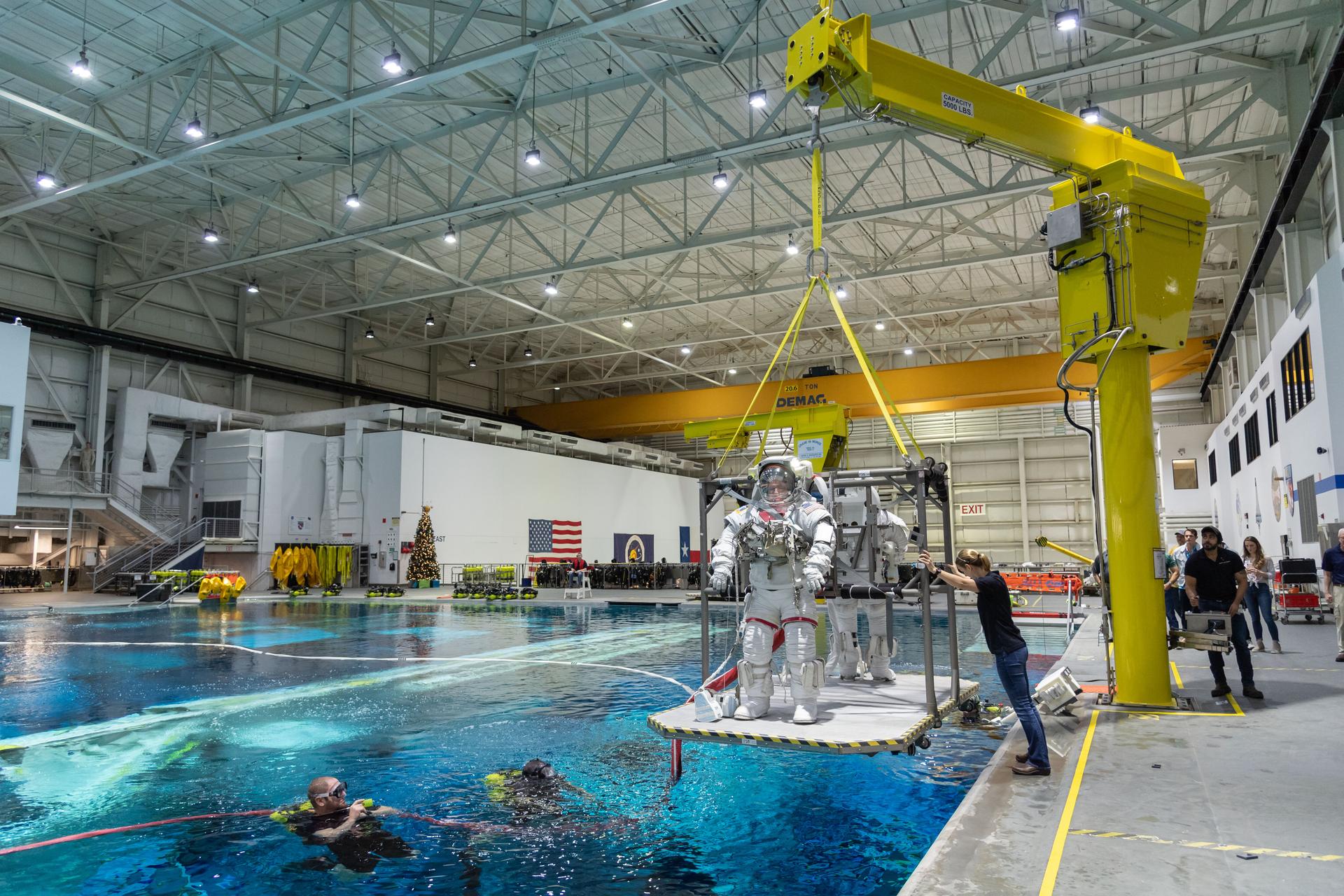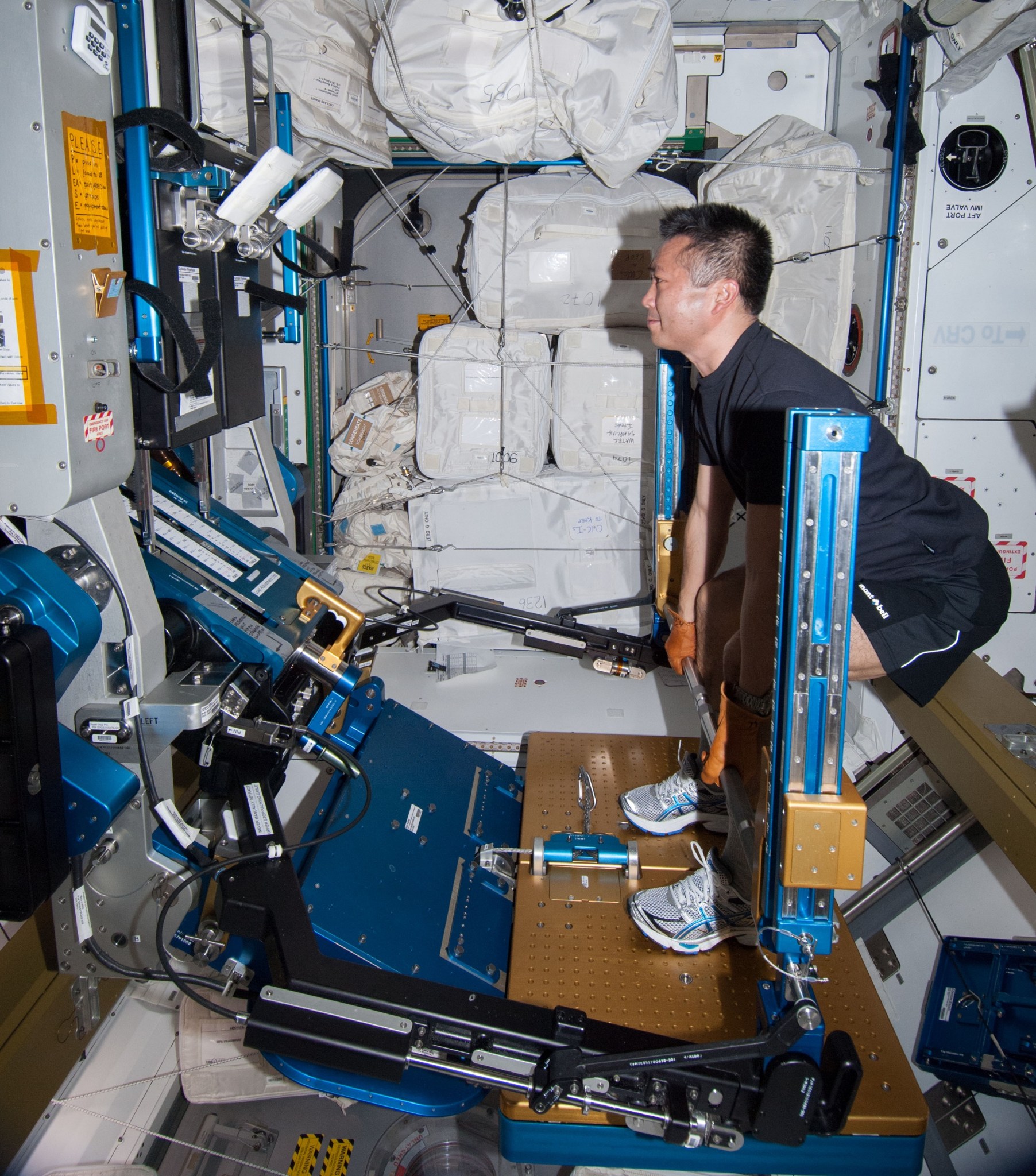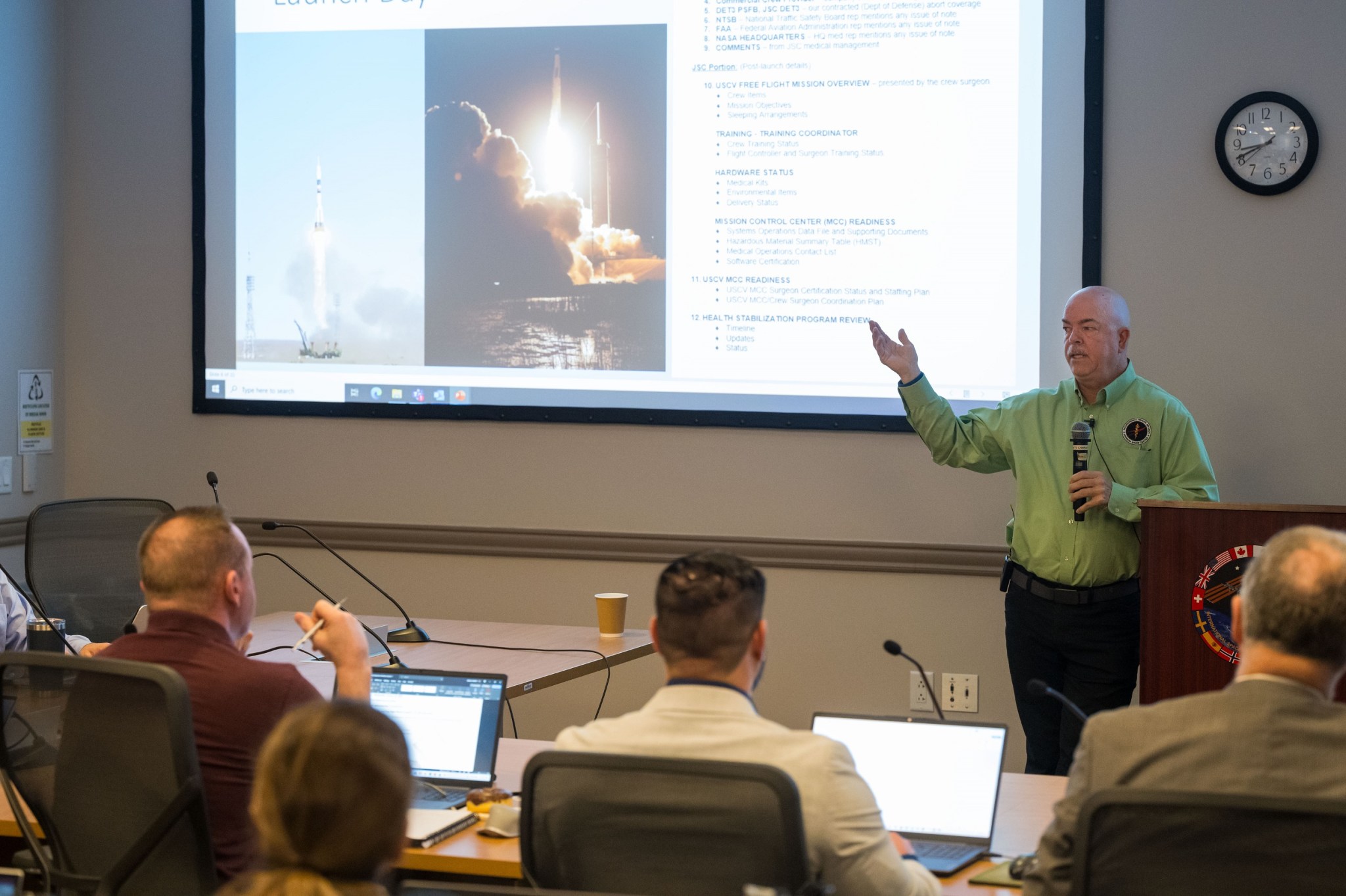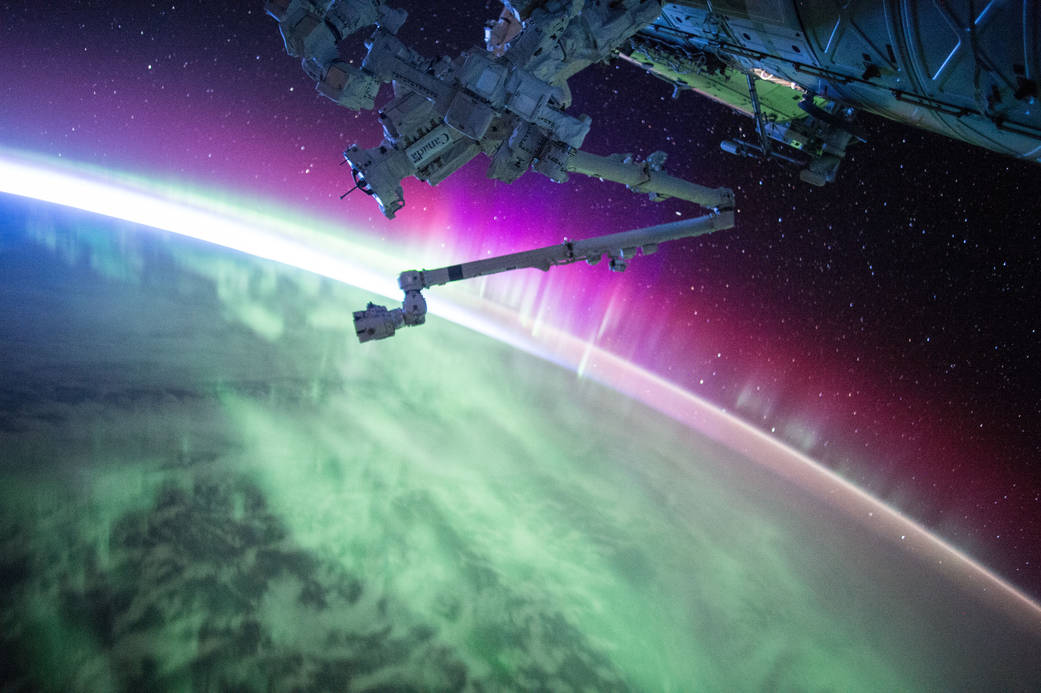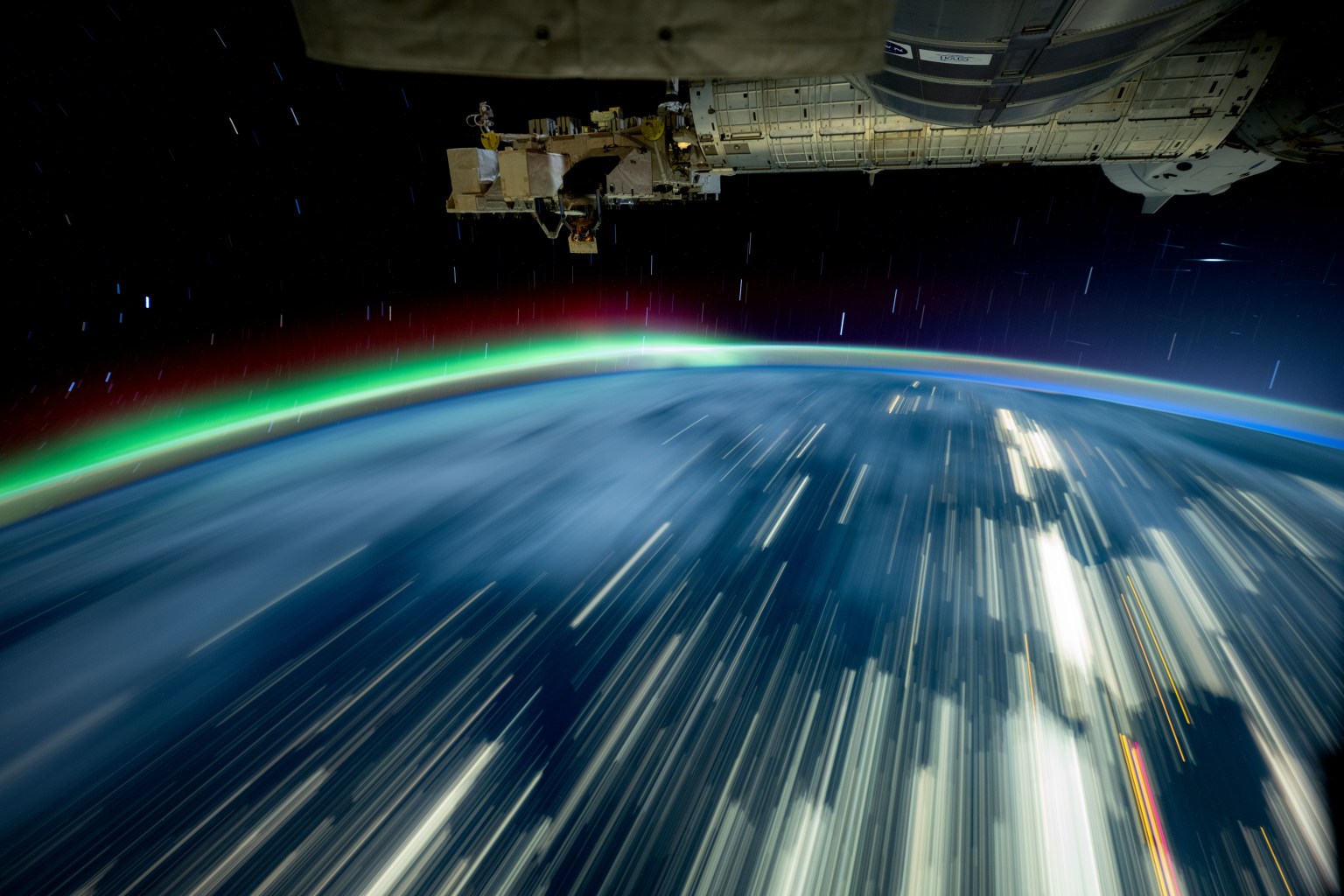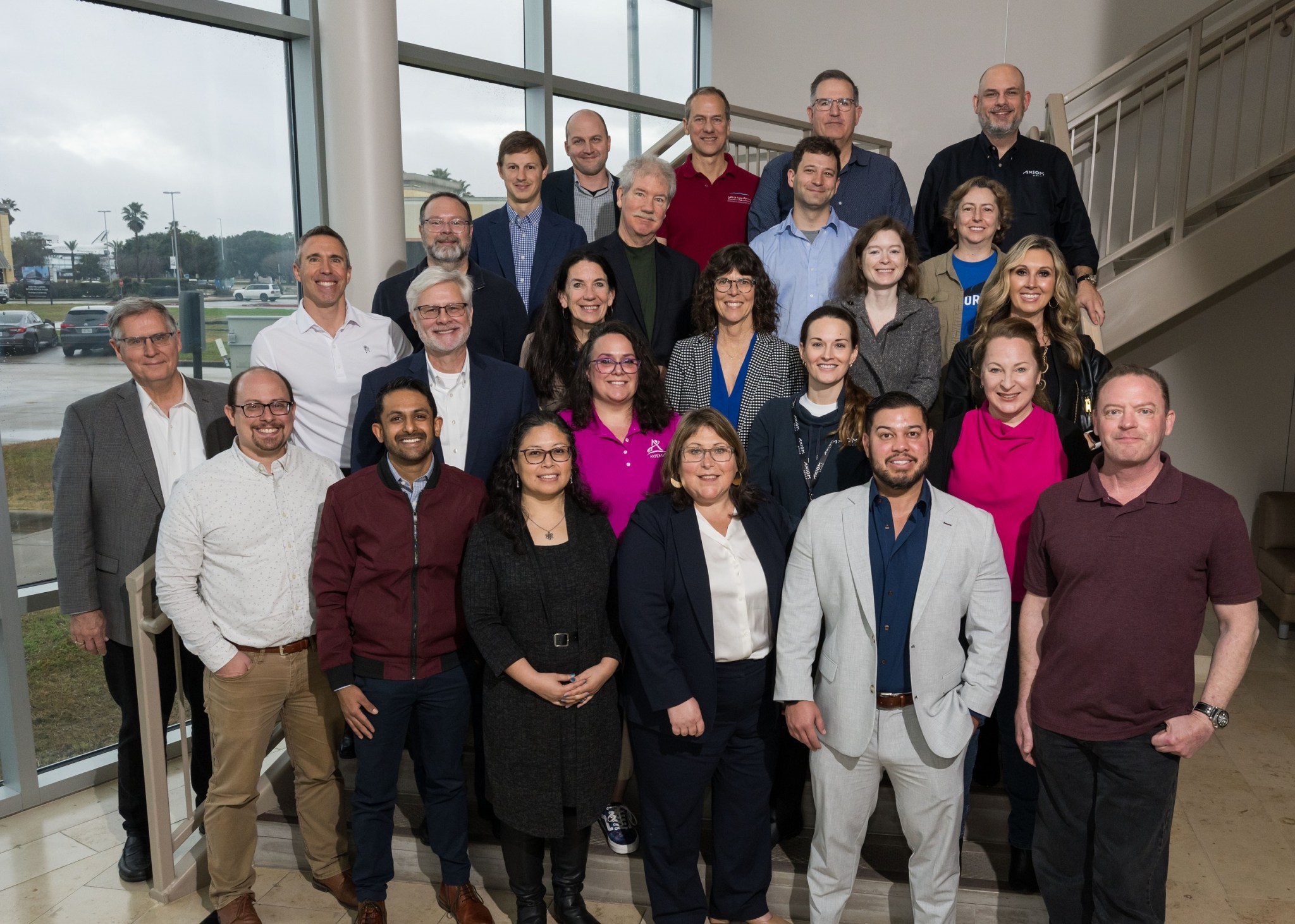
NASA is opening access to space for more people by working with private industry on the development of new commercial space stations for low Earth orbit where the agency’s astronauts could fly in the future.
New commercial space stations will be available to people beyond government or professional astronauts with years of specialized training and evaluation, so NASA is sharing its lessons learned from decades of human spaceflight experience, including more than 25 years of International Space Station operations, to help ensure future flights are as safe as possible for potential fliers.
“Since the majority of orbital human spaceflight programs have been owned and operated by governments, there are few industry best practices or established government regulations that inform maintaining the health and safety of humans during orbital spaceflight missions,” said Dr. Rahul Suresh, medical officer, Commercial Low Earth Orbit Development Program, NASA Johnson Space Center in Houston. “NASA is keen to fill this void by sharing its practices to assist and inform nascent commercial spaceflight programs and to ensure they are prepared to host future agency crewed missions aboard their platforms.”
NASA recently hosted a meeting series at the agency’s Johnson’s Space Center in Houston to share a variety of medical standards, processes, best practices, along with providing access to subject matter experts. Commercial companies in attendance included Axiom Space, Blue Origin, Sierra Space, SpaceX, Vast, and Voyager Space. All companies are working with the agency through funded or unfunded agreements for commercial space station development.
During the meetings and overall development process, the agency is offering guidance for evaluation of potential spaceflight participants from selection and training to in-flight and post-flight support, which are crucial to a platform’s success.
People may be living and working the commercial destinations for different purposes and for different lengths of time. Commercial providers will need to ensure people are ready to fly their mission for the safety of the individual, other fliers, and the destination.
Astronaut selection, training
NASA astronauts undergo a rigorous selection process and years of training prior to a mission. For example, the astronaut candidate selection process includes a behavioral health screening program implemented by qualified psychologists and psychiatrists through multiple evaluation methods including validated screen tests, structured interviews, and observation of operational simulations to ensure that the assessments provide a comprehensive measure of a candidate’s behavioral health.
These evaluations help identify important traits such as problem-solving, teamwork, leadership, self-regulation, resilience, and adaptability – traits that NASA has found are directly related to success during training and spaceflight. They also identify disqualifying psychiatric conditions.
NASA has already shared and implemented similar screening requirements, including psychiatric evaluations and psychological testing, for recent private astronaut missions. The agency has publicly released its astronaut medical selection standards that includes both physiological and psychological testing requirements with screening criteria to enable success of these future platforms and commercial missions.
In-flight and post-flight support
Additionally, spaceflight poses numerous risks to maintaining the health and performance of astronauts during their missions. For example, the microgravity environment in low Earth orbit can cause bones and muscles to weaken, elevated radiation increases the long-term risk of conditions such as cancer and cataracts, and even otherwise healthy astronauts can develop life-threatening medical conditions such as kidney stones.
NASA has gained a wealth of knowledge over the years on the impacts of space on the human body and has been able to employ countermeasures to prevent these issues and maintain astronaut performance to ensure mission success. For instance, astronauts aboard the station exercise about one hour per day and eat a will balanced nutritional diet to combat bone density and muscle mass losses.
Even with countermeasures in place, astronauts still experience some physiological changes during a mission. Therefore, once an astronaut crew returns to Earth, there is a period of post-flight reconditioning, which begins on landing day and lasts for about 45 days. This reconditioning program is designed to return astronauts to their pre-flight physical condition.
The complex medical operations that go into any spaceflight mission, starting with astronaut selection and training though post-flight support, are critical for commercial space station partners to understand.
“After the success of our payload operations meeting series hosted at the agency’s Marshall Space Flight Center in Huntsville, Alabama, earlier this year, this medical operations series is another great example of how we are providing immense value to our commercial low Earth orbit partners to ensure their success,” said Angela Hart, manager for NASA’s Commercial Low Earth Orbit Development Program. “By enabling companies to have unique access to NASA experts and data, we are actively supporting those build schedules to be ready for the retirement of the space station.”
NASA plans to continue providing best practices documents on its public website along with offering additional meeting series in the future to commercial partners to continue the sharing of knowledge to enable a successful commercial space ecosystem.
For more information about NASA’s commercial space strategy, visit:

























